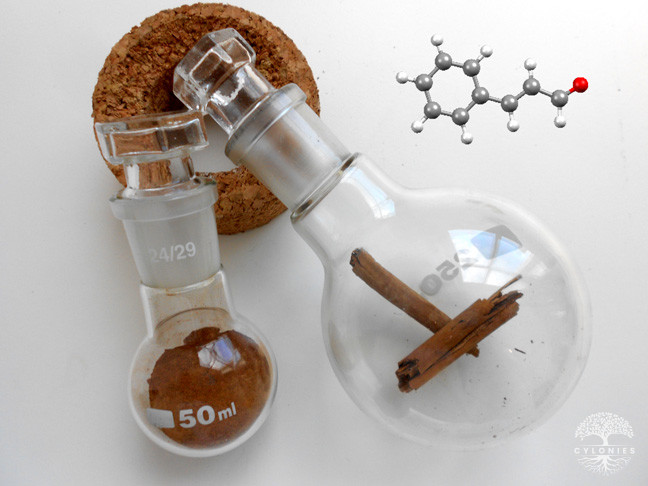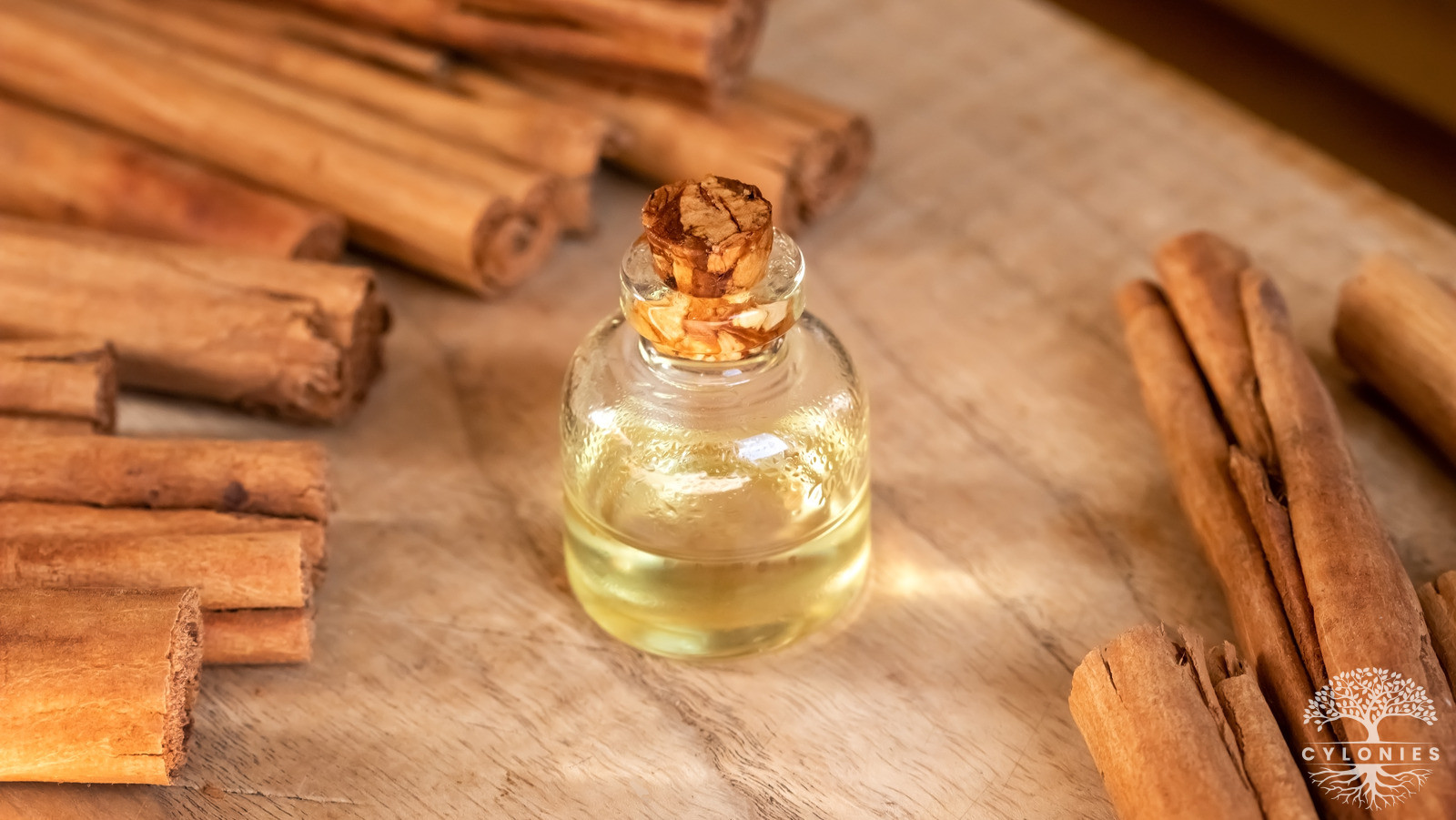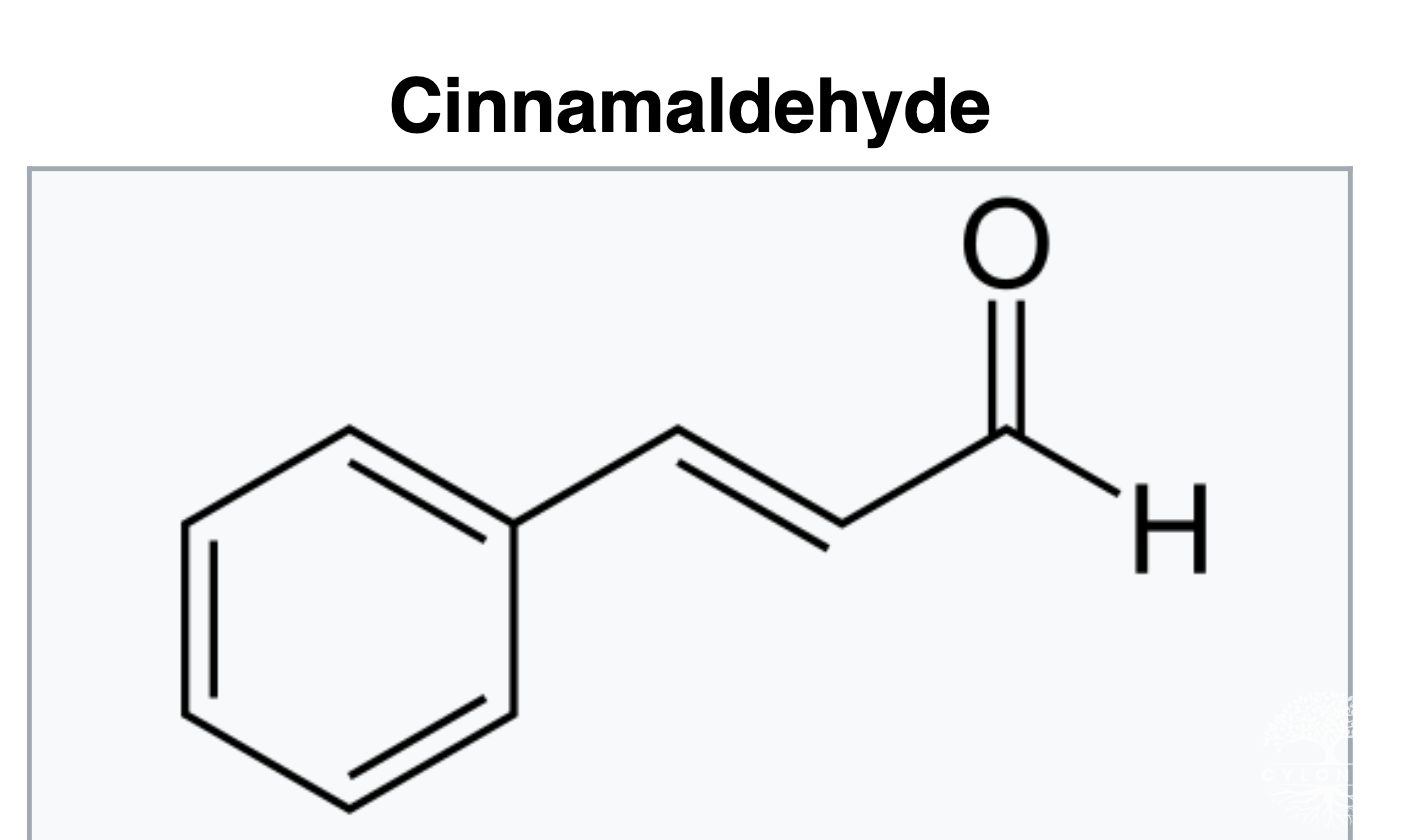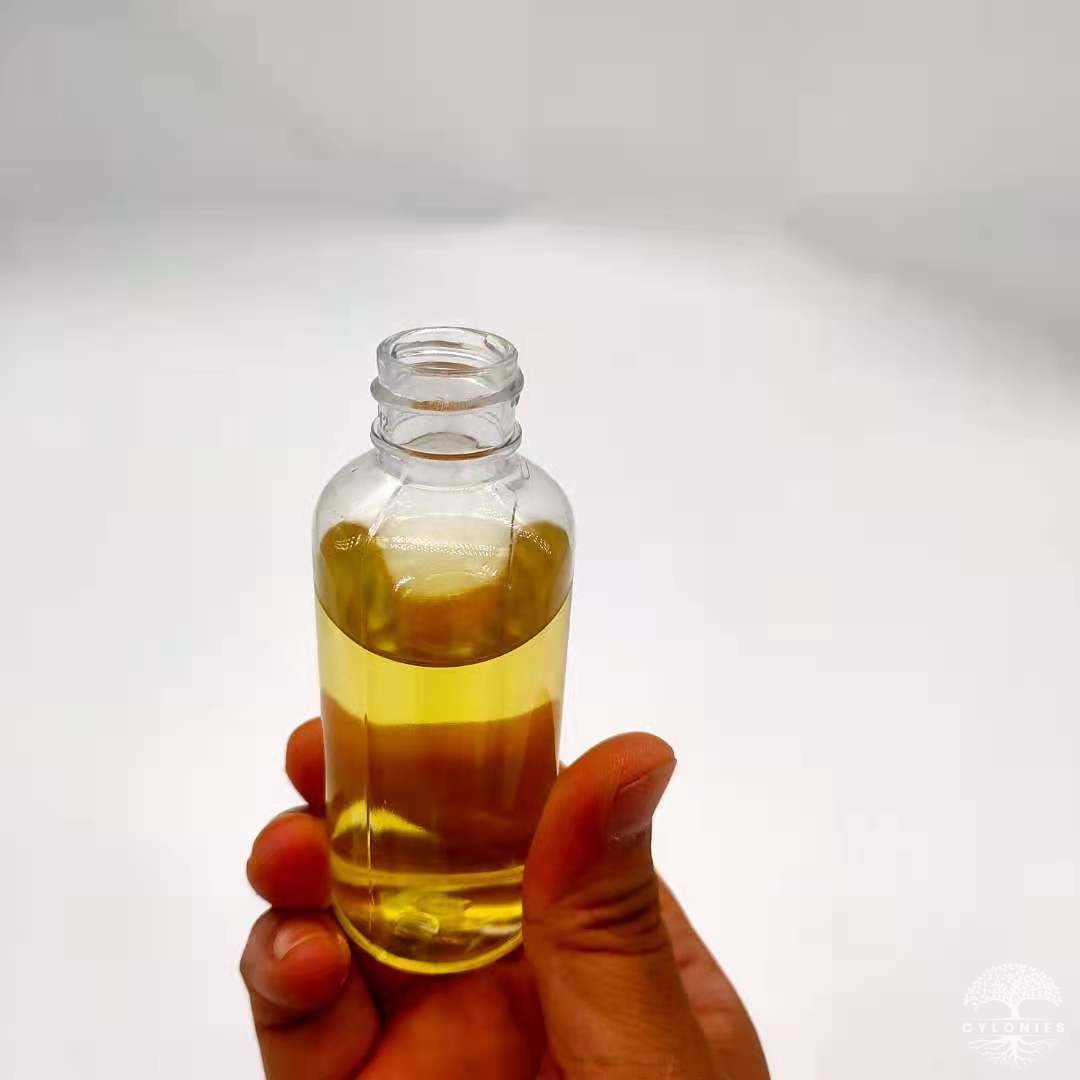Unveiling the Aromatic Majesty of Ceylon Cloves
Apr 22, 2024

Cinnamon is one of the oldest spices known. The terms "cinnamon" and "cassia" are frequently interchanged and cause considerable confusion.
In the genus Cinnamomum, there are four economically significant cinnamon species.
Cinnamomum verum, which means "true cinnamon," is the first. Cinnamon from Sri Lanka is also known as Ceylon cinnamon. True cinnamon bark and leaf oils are only available from Sri Lanka on a regular basis. Cinnamomum zeylanicum, the older botanical name for C. verum, is derived from Sri Lanka's previous name, Ceylon.

Cinnamomum cassia (C. aromaticaum, also known as Chinese cinnamon), Cinnamomum burmannii (also known as Korintje, Java, or Indonesian cinnamon), and Cinnamomum loureiroi are the other three main cinnamon species (also known as Vietnamese or Saigon cinnamon).
There are many other noncommercial or lesser-known cinnamons used in local trade as a spice or an ingredient in medicinal preparations in addition to these four species of common and economically valuable cinnamons [ 1 ].

Cinnamaldehyde is an organic compound that occurs naturally in the genus Cinnamomum and gives Cinnamon its natural flavor and fragrance.
The Cinnamon bark and the leaves contain numerous essential oils, with cinnamaldehyde dominating the bark and eugenol dominating the leaves; root-bark oil contains camphor. These substances have numerous industrial applications.
The main constituent of C. zeylanicum bark oils is cinnamaldehyde (more precisely trans-cinnamaldehyde or 3-phenyl-2-propenal), which is classified as an aromatic aldehyde.
Cinnamaldehyde is a well-established natural bactericide that is widely used in the food and beverage industries. It is particularly effective against Salmonella spp. and Escherichia coli [ 2 ].

The spicy flavor and fragrance of the genus Cinnamomum are caused by the presence of cinnamaldehyde and occur as a result of oxygen absorption [ 3 ].
Cinnamaldehyde has excellent biological activities and can be obtained from natural extracts or synthesized in the laboratory. It has insecticidal, antimicrobial, antifungal, anti-inflammatory, immunomodulatory, anticancer, and anti-angiogenic properties. Furthermore, it causes apoptotic cell death and inhibits tumor growth [ 4 ].
In addition, Cinnamaldehyde and its derivatives have anticancer and antimetastatic properties in a variety of cancers [ 5 ].

Cinnamaldehyde is used as a flavoring in chewing gum, ice cream, candy, e-liquid, dental products and beverages, with use levels ranging from 9 to 4,900 parts per million (ppm) (that is, less than 0.5 percent) PUBCHEM ( 6 ). Also used as a food additive due to Cinnamaldehyde's antimicrobial activity [ 7 ]
Cinnamon's main mode of action as a pesticide appears to be as a repellent, with biocidal properties at higher doses ( 7 ). Its effectiveness as an animal repellent, use in compositions to attract insects, and demonstration of positive antifungal activity are impressive [ 6 ] .
Cinnamaldehyde has been proven to be a safe and effective mosquito larvae insecticide [ 8 ]. Cinnamaldehyde at a concentration of 29 ppm kills half of Aedes aegypti mosquito larvae in 24 hours [ 9 ]. Adult mosquitos are attracted to trans-cinnamaldehyde because it is both a fumigant and a practical repellant [ 10 ].

Cinnamaldehyde blends well with other volatile compounds and aids in fragrance aroma fixation. This fragrance is used in the perfume industry and personal care and household cleaning industries as well [ 11 ].

Cinnamaldehyde is used as a brightener in electroplating processes [ 6 ]. Corrosion inhibitors and anti-scaling agents, Flavor and fragrance, Fuels and additives for fuels, Intermediates, Processing aids for the petroleum industry, Air care products, Coatings and paints, Pet care and Personal care items are other uses of Cinnamaldehyde [ 6 ].